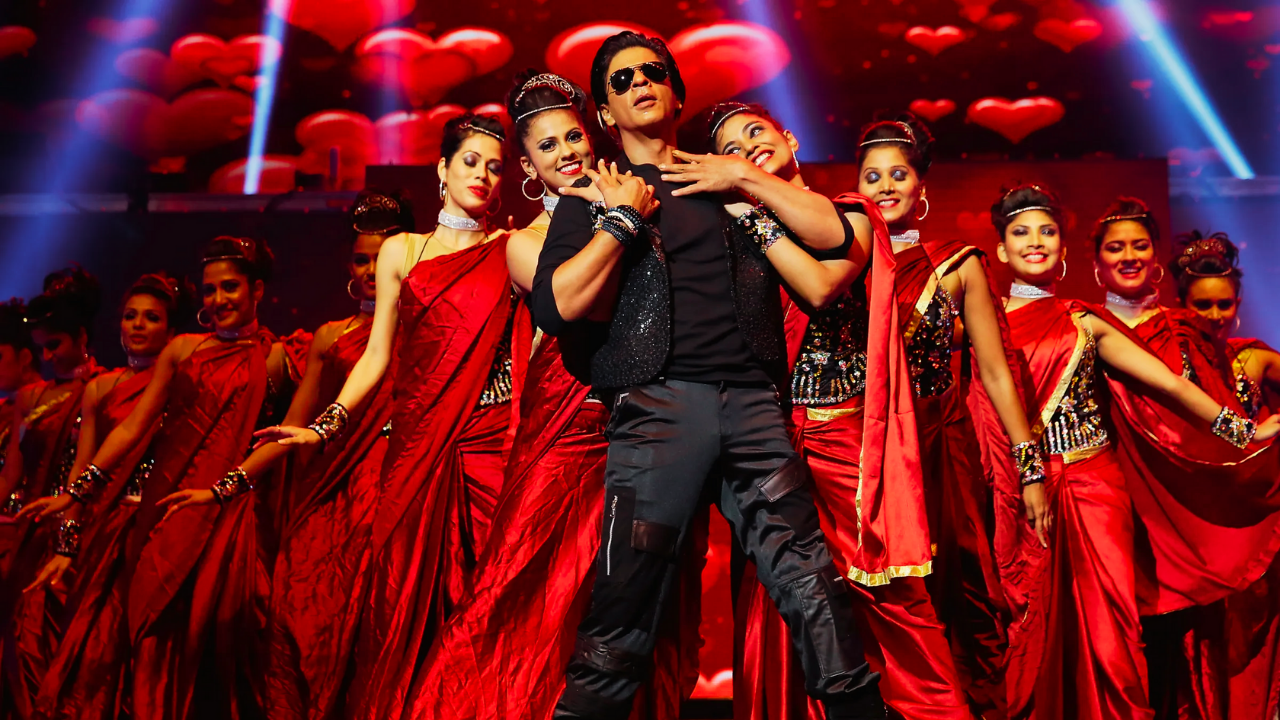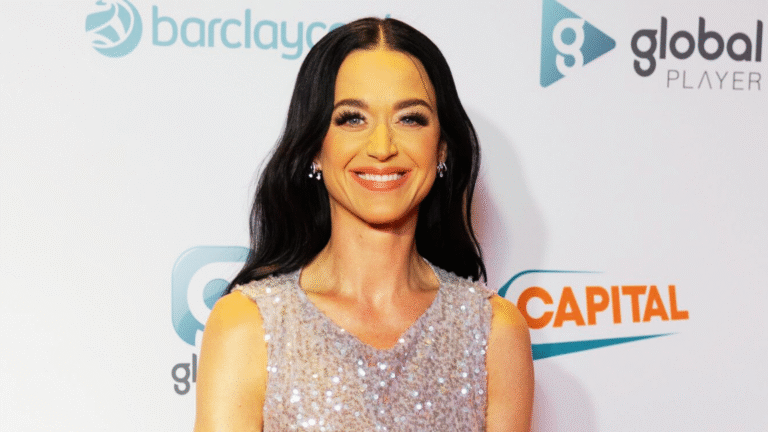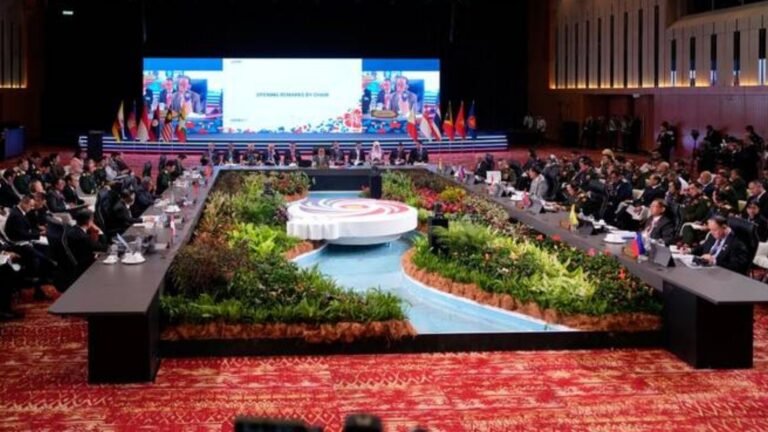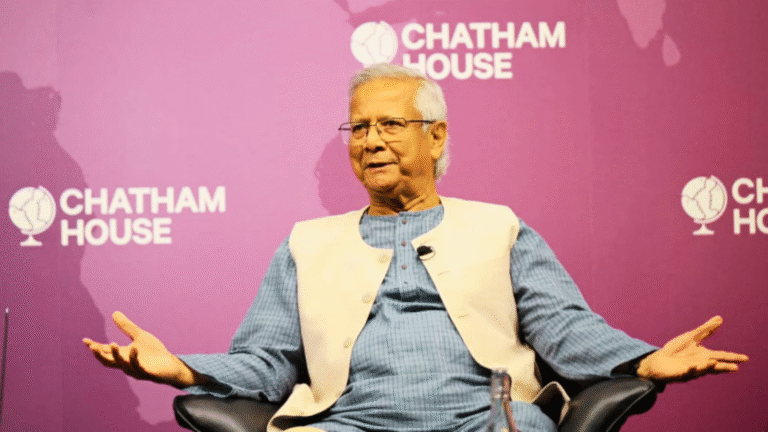In an era where streaming giants dominate and theaters struggle to stay afloat, a new movement is quietly taking shape among some of cinema’s biggest names. The mission? To revive the magic of the big screen and keep theaters alive amid the digital revolution. This isn’t happening through on-screen heroics, but behind the scenes on phone calls, in boardrooms, and through bold decisions to prioritize theatrical releases over streaming.
Aamir Khan’s Old-School Stand
In India, Aamir Khan is leading this charge. When offered a staggering Rs 120 crore by streaming platforms for Sitaare Zameen Par, Khan refused. His stance was clear: “I am what I am today because people have seen my films in theaters,” he told The New Indian Express. His goal was to revive a struggling theater industry, which he believes faces unprecedented challenges.
Khan’s strategy was to ensure at least an eight-week delay before the film streamed online, giving it a full theatrical run without competition from other titles. This approach allowed Pushpa 2 to dominate screens for weeks, building momentum and repeat audiences proving that careful release planning can still make a difference. Khan argues that content resonating with audiences and a strategic release schedule are key to bringing viewers back to cinemas.
Bolstering this sentiment, actor John Abraham expressed optimism about the return of audiences to theaters. In an interview with ETimes, he said, “I think the best news is that people are coming back to cinemas. That is probably the best news and I am happy for that.”
Tom Cruise’s Theatrical Crusade
Across the globe, Hollywood superstar Tom Cruise is also waging a relentless campaign for the theatrical experience. Since the pandemic, Cruise has been adamant that his films should premiere only in theaters. His insistence paid off spectacularly with Top Gun: Maverick earning over $1.5 billion worldwide in 2022—an industry lifeline that even prompted Steven Spielberg to declare, “You saved Hollywood’s ass, and you might’ve saved theatrical distribution.”
Cruise personally pushed Paramount to delay streaming rights and kept Maverick in theaters, defying industry panic over digital distribution. “I just kept everyone working,” Cruise said in an ESPN interview. His unwavering stance helped restore confidence in the theatrical model, and he continued that ethos with subsequent releases like Mission: Impossible: The Final Reckoning, reinforcing his crusade for the traditional cinema experience.
The Ongoing Global Debate: Theaters vs. OTT
While stars like Khan and Cruise champion the big screen, the industry remains divided. For some, OTT platforms offer access to a global audience, breaking down geographical barriers and democratizing viewing. For others, streaming threatens to dilute cinema’s soul, turning it into a disposable commodity.
Director Patricia Riggen, of G20, offers a pragmatic view: “You don’t have the theatre, but you get the world. 2000 countries are going to see this movie at the same time.” Her perspective underscores the reality that digital platforms can offer unparalleled reach, even if they lack the communal experience of a packed theater.
The Future of Cinema
As the battle lines are drawn, one thing is clear: the fight to save the theatrical experience is far from over. With industry heavyweights risking it all to keep the lights on in cinemas, the debate continues can the magic of the big screen survive in a digital world? Or will streaming ultimately redefine how we experience cinema forever? Only time will tell.












+ There are no comments
Add yours